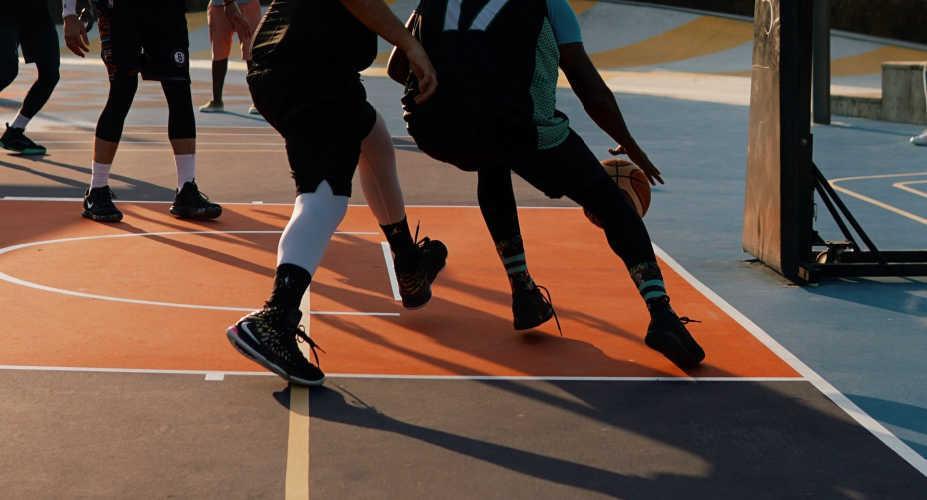
Written with contributions from Superfeet Wellness Experts and the Superfeet education team.
Like most of us, you probably don’t give your knees much thought. Until they hurt.
If you are an active person experiencing pain on the outside of your knees, the culprit might be Iliotibial Band Syndrome (IT Band Syndrome), a condition caused by repetitive bending at the knee. This condition afflicts the band of fibers that run from the top of your shin to the top of your hip. While painful, this condition is relatively easy to treat, so you don’t have to let it slow you down for long.
IT Band Syndrome Causes
Iliotibial (IT) band syndrome most often afflicts active people who participate in running, cycling, swimming, etc. In fact, any activity that requires repetitive knee bending can cause this condition, although it may most often be associated with distance runners. This condition occurs when the IT band of fibers becomes tight and irritates the knee, causing various unpleasant symptoms.
You are more likely to develop this problem if you fail to warm-up adequately and/or if you run frequently on uneven or hard surfaces. You may also have existing conditions that make you vulnerable to IT band syndrome, such as legs of differing length and weakness in your hips.
IT Band Syndrome Symptoms
You may be suffering from this condition if you notice pain while running or otherwise putting stress on the outside of your knee. When the tightened IT Band rubs against your knee, you may also feel a clicking sensation. You may also find that your knee is swollen, red and tender. Your buttocks can also become sensitive. The pain usually begins shortly after you begin the activity and continues for some time afterword. If you continue the activity that is irritating the IT fibers, the pain and other symptoms will simply become worse, sometimes unbearably so.
IT Band Syndrome Treatment
Your medical professional will need to evaluate you to try and determine exactly what is causing your tight iliotibial band. For relief, they may recommend the traditional PRICE treatment, meaning protection, rest, ice, compression and elevation as well as IT band syndrome specific exercises and stretches. Sometimes, the doctor may also prescribe anti-inflammatory drugs. If you develop IT band syndrome, you will be asked to at least temporarily refrain from the activity causing your pain.
Superfeet Insoles for IT Band Syndrome
As with many foot and lower leg injuries and ailments, prevention is key. The supportive, heel-cradling shape of Superfeet insoles can help disperse the impact your foot and body experiences with every step, minimizing the stress and strain that can lead to injury.
Which Superfeet insole is best for IT Band Syndrome?
To find the right Superfeet, start with your shoes. What type of shoes are you wearing? What you are doing in those shoes? We think you deserve to experience the I-never-knew-my-feet-could-feel-this-good benefits of the Superfeet shape in all your footwear. That’s why we make insoles for casual and dress shoes, shoe inserts for high heels, insoles for hiking, insoles for running shoes, insoles for snow sports, insoles for skates, and more. Need help finding the best Superfeet for you? Take the online insole finder quiz.





